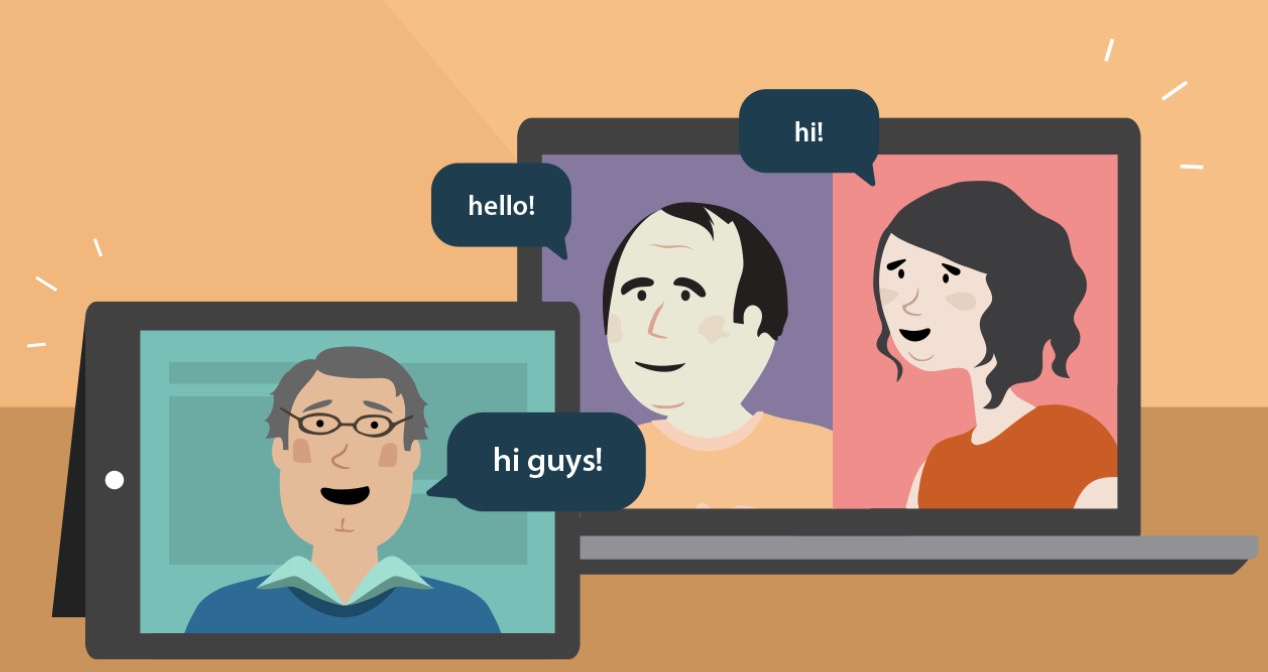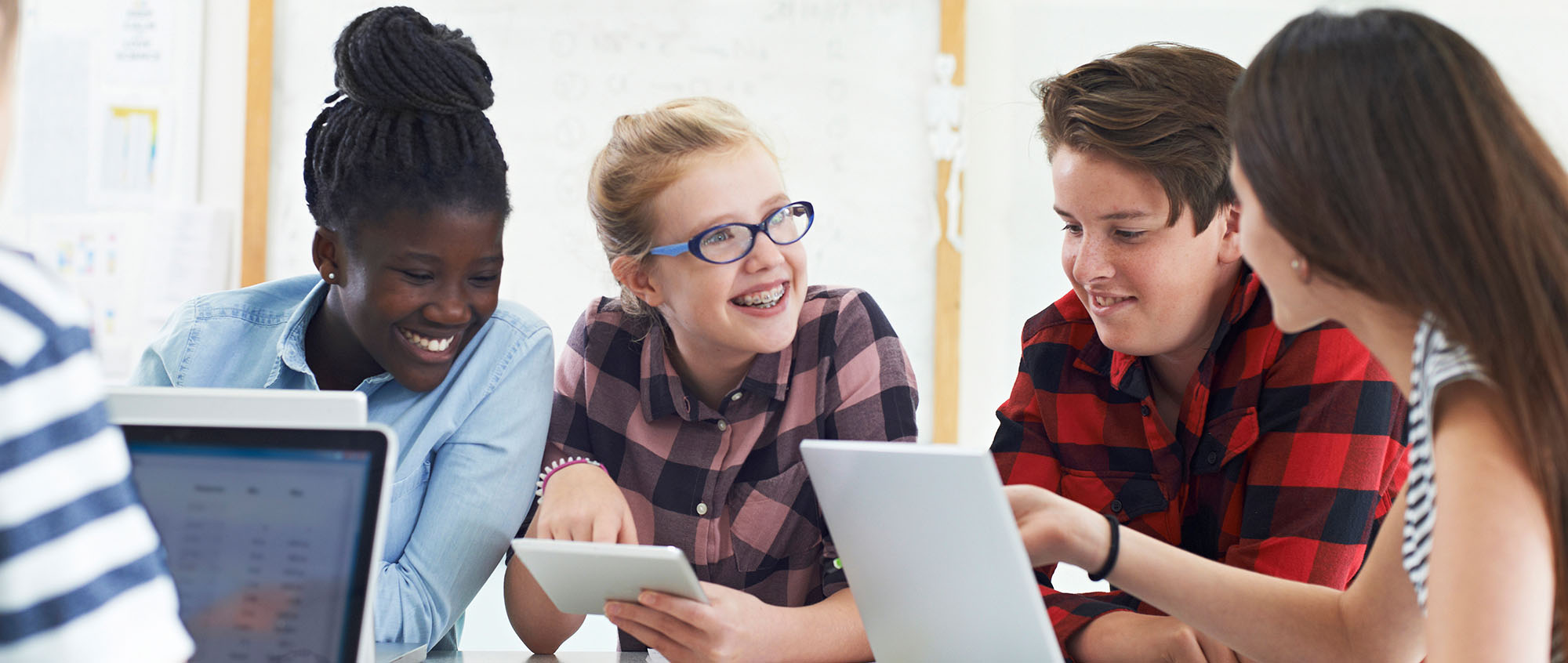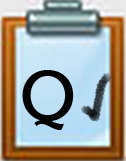Introduction
You have reviewed many of the skills needed to be a successful Global Collaborator, including effective communication skills, how to consider cultural differences when collaborating, and skills to present when using a webcam or recording video.
Now we will put those skills into practice with a virtual collaboration in a virtual connection or video conference. In this Quest, your goal is to take what you have learned and participate in a synchronous connection to learn more about a global problem, issue, or concern in real-time. You will experience the difference between asynchronous (for example your Flipgrid in Quest 3) and synchronous video (by participating in a video conference in live time). Your teacher will share with you the who, what, when, where, and why of your connection experiences.
I Can StatementS
- use synchronous communication to connect to a classroom, colleague/peer, career, or expert
- use appropriate behavior in a virtual learning experience
- communicate cultural sensitivity in a virtual environment, including respect and empathy
- reflect on my growth as a global collaborator
Key Vocabulary
Asynchronous communication: Using digital communication tools to work together with a time lag between responses.
Colleague: Someone you work with on a project or assignment, whether it is in a face to face or a virtual environment.
Cultural empathy: Having an appreciation and consideration of the differences and similarities of another culture in comparison to one's own. People with cultural empathy are more tolerant and understand cultural differences. People who are culturally sensitive do not assign positive or negative values to cultural differences or consider any cultural differences to be “right” or “wrong.”
Empathy: The ability to understand and share the feelings of another person; often called “putting yourself in the shoes of another."
Synchronous communication: The use of digital communication tools to work together in real-time
Virtual connection: Using an online (virtual) tool to connect people in different locations for the purposes of communicating (connection) in real-time (synchronously). This can be a formal or informal meeting online.
Video conferencing: Using an online video tool to connect sites for the purposes of collaborating in real (live) time. Video conferences often have an agenda or presentation.
Play the Vocabulary Game below to practice the Key Vocabulary.
Vocabulary Game
You can change the Quiz mode to Match, Test, Learn, Flash Cards, Spell using the selection list at the bottom right of the activity that says "Choose a Study Mode." Direct Link
STEPS
As you move through the steps, you will learn more about tools and tips for connecting in a virtual conference. You will have an opportunity to experience a synchronous video conference.
1. Question: How Can We Communicate and Collaborate Online?
What happens in a synchronous video chat or online call? What are the requirements? What tools can we use? Take a look at the GCFGlobal ite and take some notes.

Before moving to Step two, jot down your ideas. Be prepared to share with a partner what you learned, or your teacher may discuss this with the class as a whole.
2. Question: How Should We Behave in a Virtual Collaboration?
To learn more about the behaviors expected in virtual collaboration, you will watch some videos to help you create an informational piece about how to conduct a video conference.
As you watch the short videos below, take some notes regarding things that you recommend people should do in an online conference as well as things to avoid.
- 5 Do's and Don'ts of Webcam Etiquette YouTube (1:51)
- Video Conferencing Etiquette: The Do's and Don'ts YouTube (1:37)
- Video Conferencing Guidelines and Etiquette for Students YouTube (9:01)
- The Do's and Don'ts of Videoconferencing Article

Take a moment to jot down some key ideas about what you learned about behavior in virtual collaboration. You may want to create a T-Chart to help remember the Do's and Don’ts. Share your work as your teacher directs.
Steps 3 & 4
3. We will Explore SYNCHRONOUS communication with a virtual connection.
- For this step, you will be creating a virtual connection by participating in a video conference in live or real-time. Showcase a UN Project you learned about, a Passion Project or Genius Hour connection with an author or expert, or a Global Collaboration Week activity assigned by your teacher. Make a copy of this Virtual Connection Planning Template to prepare, connect, and reflect on your experience.
PREPARE => CONNECT => REFLECT - Talk with your teacher about how to submit/share this document. Use this Virtual Connection rubric to guide your work.
4. Review your Goal Setting document from Quest 1.
- Have you improved in any of the areas you identified as important?
- How has your skillset as a Global Collaborator changed since Quest 1?
- How have you grown in your understanding and participation in asynchronous and synchronous communication?
Your teacher will direct you to reflect on this, either through a video (possibly using Flipgrid), a reflection posted to a discussion board, an individual conference with your teacher, or possibly in some other way.
Completing this Quest
Save all of your activities and documents to your File Space. After completing these activities assigned by your teacher you are ready to go to the Graduation Page.
- completed the steps,
- created a short asynchronous digital project showcasing videoconference do’s and don’ts
- participated in a synchronous virtual connection
- submitted your Virtual Connection Planning Template to show how you prepare, connect, and reflect
- reflected back on the Goal Setting activity from Quest 1
Go to the Graduation Page for this Thing 
Competencies & Standards
MITECS Michigan Integrated Technology Competencies for Students, and
Creative Communicator
6d. Students publish or present content that customizes the message and medium for their intended audiences.
Global Collaborator
7a. Students use digital tools to connect with learners from a variety of backgrounds and cultures, engaging with them in ways that broaden mutual understanding and learning.
7b Students use collaborative technologies to work with others, including peers, experts or community members, to examine issues and problems from multiple viewpoints.
7d Students explore local and global issues and use collaborative technologies to work with others to investigate solutions.
Websites and Documents
Websites
Videos from Outside Sources
- 5 Do's and Don'ts of Webcam Etiquette YouTube
- Video Conferencing Etiquette: The Do's and Don'ts YouTube
- Video Conferencing Guidelines and Etiquette for Student YouTube
21t4s Videos
21t4s Documents & Quizzes




